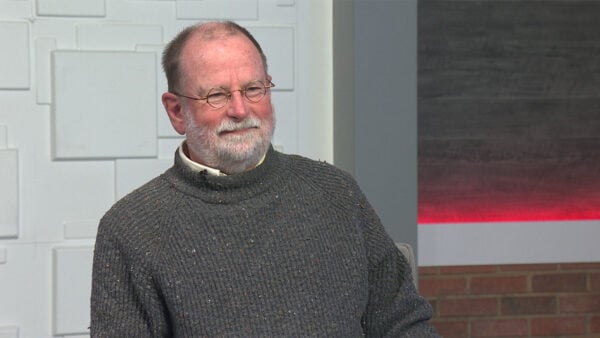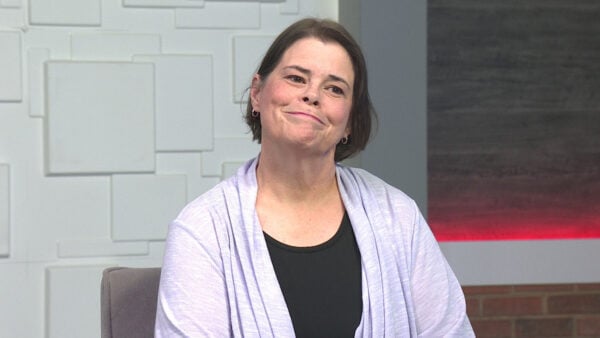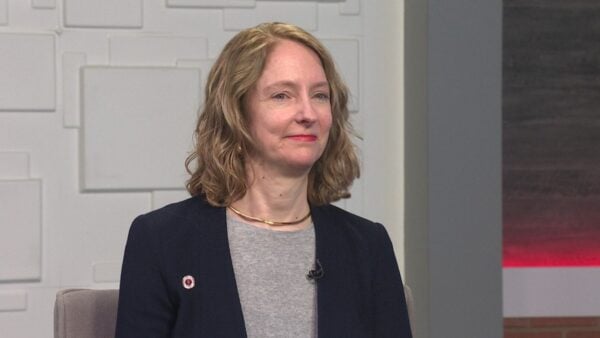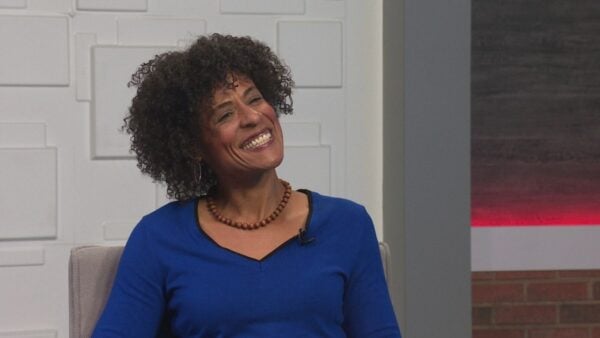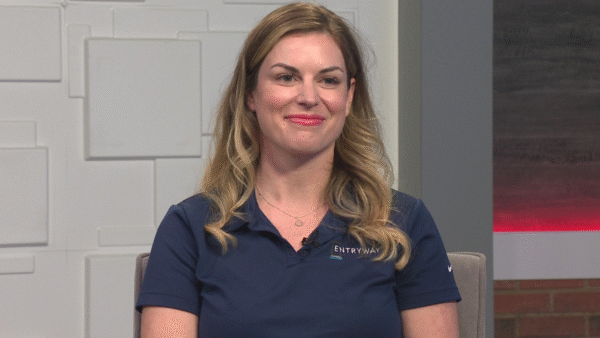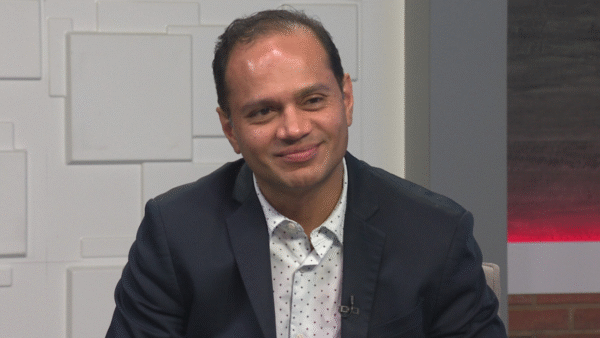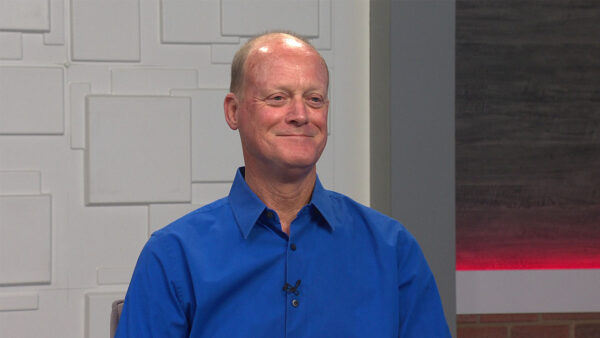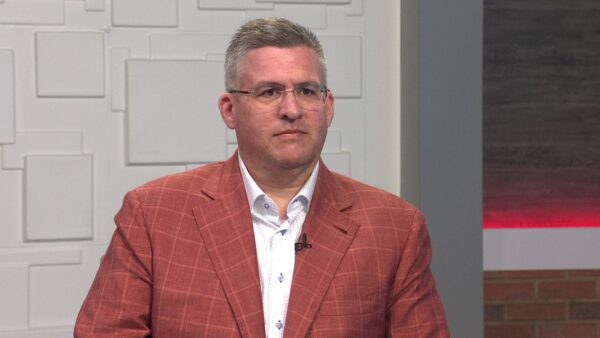A Diabetes Prevention Program for Latino Families
Nov. 14, 2022
Gabriel Shaibi, a professor in Arizona State University’s Edson College of Nursing and Health Innovation, launched a program six years ago to help Valley Latino children, ages 12 to 18, who were predisposed to diabetes.
Shaibi and Elvia Lish, Dir., Ivy Center for Family Wellness at St. Vincent de Paul, explain more about this program.
The program focused on education and exercise. The results of the study were published recently in the Journal of the American Medical Association. The study found that increasing access to diabetes prevention services among high-risk youths may lead to reductions in type 2 diabetes rates in underserved populations.
The program, which included 117 families from around the Valley, was a collaborative effort between ASU, Valley of the Sun YMCA, St. Vincent de Paul and Phoenix Children’s Hospital, the latter two of which recruited families and helped design the curriculum.
How big a problem is diabetes in Latino families?
“It really addresses the entire family. When talking about the kids, there’s not a whole lot of kids with type two diabetes but there’s a lot of kids with pre-diabetes. Principally kids with severe obesity, it’s about 25% of kids with severe obesity that have elevated sugar levels,” said Shaibi.
How were the trials conducted?
The randomized controlled trial picked 117 kids, all who had a pre-diabetes condition. Two thirds of this group were assigned to a team of St. Vincent de Paul, as well as the YMCA. The other third went into a group where they met with the partners from Phoenix Children’s Hospital.
“We follow those kids over six months. We re-evaluate them after the intervention,” said Shaibi. “And then we follow those kids another six months to see how long those effects may have maintained over time.”
How did the results look?
“I think we did get some of the outcomes that we expected. We saw improvements in quality of life for those families who participated in both. And a bigger impact on the quality of life for the kids who participated in the classes,” Lish said. “As well as both groups improved their blood sugar.”









